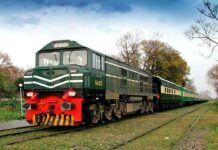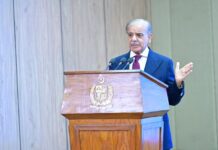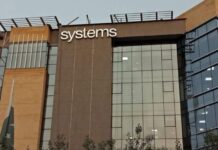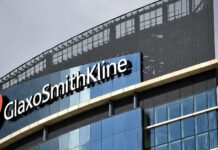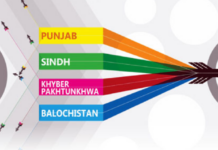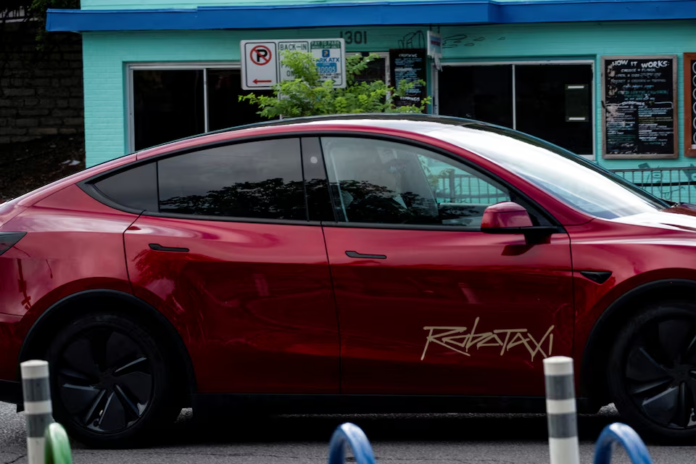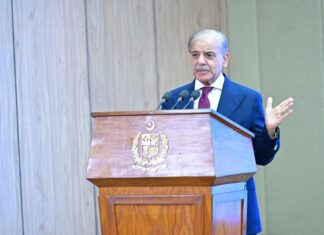Tesla’s first public test of its self-driving robotaxis in Austin, Texas has shown several driving issues, according to videos shared by selected riders this week.
The test, involving 10 to 20 robotaxis with human safety monitors, includes rides in standard Model Y vehicles equipped with Tesla’s advanced driver-assist software.
Videos from passengers showed problems such as sudden braking, entering the wrong lane, and stopping in intersections or the middle of roads. One clip showed a robotaxi driving into an oncoming traffic lane for six seconds.
Another showed a vehicle braking without reason, causing a passenger to jerk forward. In another video, a Tesla stopped twice while passing police vehicles with flashing lights.
The company charges a flat fee of $4.20 for the test rides, which are only available to selected riders within a limited area. The robotaxis avoid complex intersections and poor weather.
While many riders praised the performance, the footage raised concerns with transportation experts and city officials.
The Austin city government said it is aware of the videos and is sharing any potential legal or safety issues with Tesla. The local police department is working with Tesla to train officers on safely interacting with robotaxis.
Despite the issues, some experts say the system shows potential and that minor problems are expected at this stage. However, others were surprised by the number of problems documented so early in the trial.
Other companies, including Waymo and Cruise, have faced similar issues during tests in Austin. Waymo is currently the only company offering fully driverless paid rides in the U.S. Cruise suspended operations after a serious accident in 2023.
Tesla CEO Elon Musk has said robotaxis are key to the company’s future, with plans to expand the service to more U.S. cities later this year. He has also said “millions of Teslas” could operate fully autonomously by late 2026.




